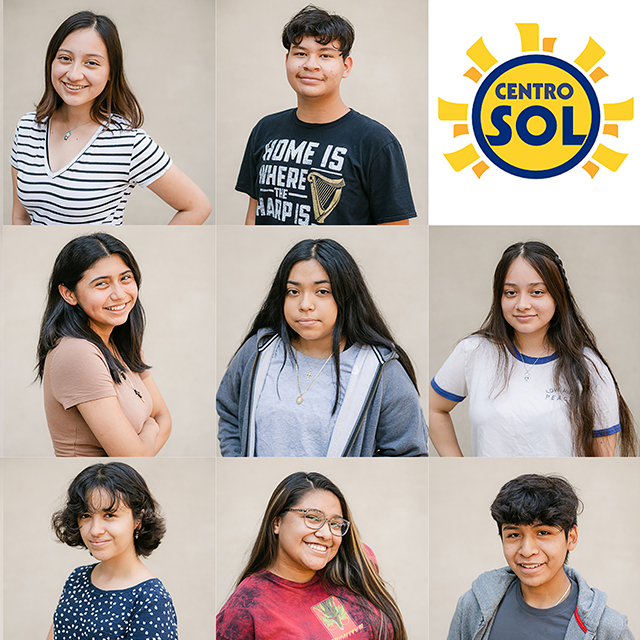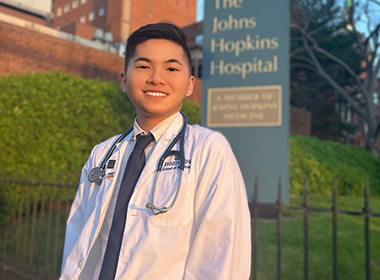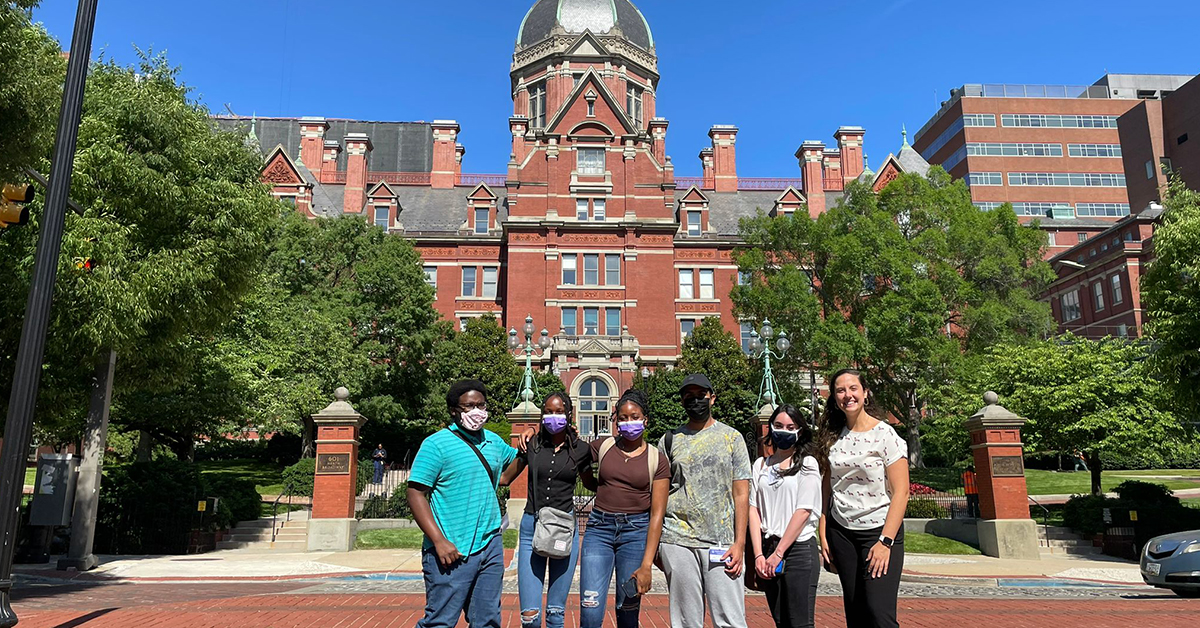Johns Hopkins Medicine, in collaboration with the Johns Hopkins Bloomberg School of Public Health Center for Gun Violence Solutions, hosted a Break the Cycle of Violence Summit on Friday, June 2.
The summit brought together clinicians, representatives of hospital-based and community-based violence intervention programs and other key stakeholders in state and local government to share experiences and identify ways to collaborate to improve patient care and prevent gun violence in Baltimore.
The event coincided with Wear Orange Weekend — a time to honor survivors of violence, remember lives lost and commit to prevention efforts. The summit began with lectures and a keynote address, followed by panel discussions. The afternoon was spent in breakout sessions to brainstorm ideas for Hospital Violence Intervention Program development, educational programs and policy initiatives.
“This was the beginning of many conversations about how we can harness the strength of the violence prevention ecosystem across the city to better meet the needs of the patients we serve,” says Nathan Irvin, M.D., Johns Hopkins University School of Medicine assistant professor of emergency medicine. “The summit was one step in the journey of working together more collaboratively.”
Irvin says that since The Johns Hopkins Hospital is one of the major trauma centers in Baltimore, it was important for the organization to gather community leaders and city government officials to discuss violence intervention and facilitate dialogue.
“We wanted the groups to get to know one other and share best practices,” Irvin says. “The summit was a collaborative discussion about how to help move the mission forward. We’re so used to looking at things from our own individual organizational lenses, but you have to work together to address violence in the city. It was exciting to have everyone at the table together to share, learn and grow.”
Jennifer Rice-Assenza, LCSW-C, MSW, manager of care management at The Johns Hopkins Hospital, says she hopes the summit strengthened relationships among Baltimore stakeholders.
“We know we can’t do it alone and that it has to be a collaborative effort between the hospital and the community,” says Rice-Assenza, who is also the clinical manager of the Johns Hopkins Hospital Violence Intervention Team. “The summit was a great opportunity to find ways to leverage the different strengths of all the entities.”
Katherine Hoops, M.D., M.P.H., is core faculty at the Center for Gun Violence Solutions at the Johns Hopkins Bloomberg School of Public Health, assistant professor of anesthesiology and critical care medicine at the Johns Hopkins University School of Medicine and a pediatric intensivist at Johns Hopkins Children’s Center. She says the summit will help The Johns Hopkins Hospital provide better, more comprehensive care for patients and their families.
“Our ultimate goal is for Johns Hopkins Medicine to be a leader and an active participant in the ecosystem of violence prevention in Baltimore. Collaboration is essential,” says Hoops. “To help foster that collaboration, we asked lots of questions: What are the needs in our community? How can we work together to meet those needs? What are all of our roles? And what are the barriers that might stand in our way?”
Michael Preston, director of community affairs in the Johns Hopkins Office of Government and Community Affairs, says the summit helped identify what resources are available in the community and how the stakeholders can work together to reduce violence.
“Many organizations are doing good work. We wanted to connect them through this summit,” Preston says. “Johns Hopkins Medicine is an anchor for the community across a variety of issues, and this was another way for us to be involved in something that is so important to all of us.”
Kathy Wagner-Kosmakos, R.N., M.S.N., program director for the department of care coordination and clinical resource management at The Johns Hopkins Hospital, says the conversations at the summit will help identify priorities.
“We’ll evaluate the feedback from the breakout sessions and see what we need to do to address the goals in our action planning,” Wagner-Kosmakos says. “This will lead to more work. It’s just the start. We’ll determine what barriers and opportunities we should focus on to break the cycle of violence in Baltimore.”



